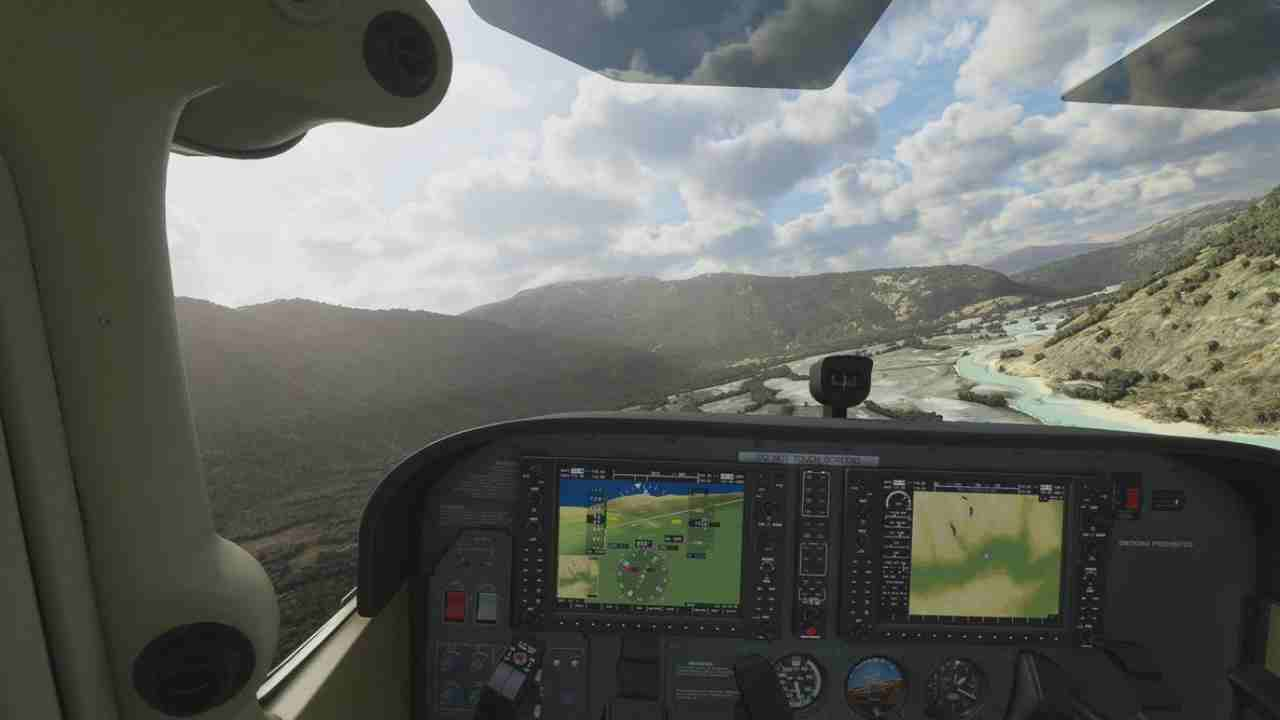One of the most ambitious modern simulation games is finally making a move into the PlayStation VR space. Microsoft Flight Simulator will arrive on PS5 with full support for PSVR2 not just a flat-screen port. That means you’ll be able to sit in a virtual cockpit, look around the cabin, and experience immersive flying on a console for the first time in this series.
For longtime fans of the PC version, the transition to console VR raises questions: Can it keep the visual fidelity? Will the controls feel tight? And how well will it perform on PS5 hardware?
What the PS5/PSVR2 Version Brings
The upcoming PS5 release is built with VR in mind from the ground up. You’ll get features like an immersive cockpit viewpoint where you can peek around your plane’s interior. There are also non-VR display modes for users who don’t use PSVR2.
Performance is one of the trickiest parts. The devs aim to balance visual richness with smooth frame rates critical in VR to prevent motion sickness. Expect adaptive fidelity tweaks depending on scenery or weather conditions.
Controls and Input Adaptation
Flying with a VR headset changes how you interact. On PSVR2, head tracking becomes part of the input loop looking around the cockpit feels more natural now. But the game must map all those keyboard and mouse or joystick inputs to a controller in a way that feels intuitive.
There’s also the question of peripheral support. Will HOTAS setups or specialized flight sticks be fully compatible? The experience hinges on good mapping and responsiveness.
How This Fits Into the VR Landscape
Moving a detailed sim like Flight Simulator into mainstream console VR isn’t common. The closest comparable experiences are titles like Microsoft Flight Simulator in VR on PC or more arcade-leaning sims on console platforms.
If done right, this could raise expectations for future high-fidelity VR games on PlayStation. But it’s also a risk console VR hardware is more limited, and user tolerance for imperfections is lower when you’re strapped into a headset.
Risks and What to Watch
The biggest danger is performance issues. In VR, lag or low frame rates wreck immersion fast. If visual compromises are too aggressive, players may feel it’s a watered-down version.
Also, how well they adapt UI elements and navigation menus into VR matters a lot. Clunky menus or hard-to-read screens break the flow. The devs will need to smartly balance usability and immersion.
Microsoft Flight Simulator’s leap into PSVR2 isn’t a guaranteed hit but it’s one of the more exciting console VR transitions in a while, especially for players who’ve wanted full cockpit VR without a PC.
Virtual Reality Explorer & Game Reviewer
Always the first to plug in. VRSCOUT dives head-first into the most immersive VR worlds, analyzing mechanics, comfort, innovation, and that elusive “presence” factor. If he says it’s worth it, it probably is.




